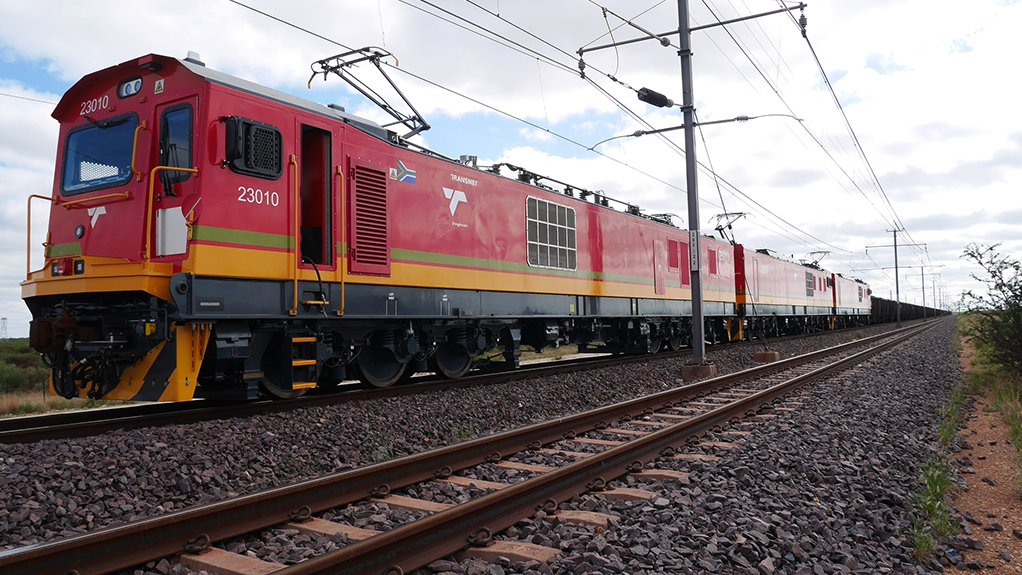Revitalising South Africa’s rail infrastructure is necessary to ensure that it is a reliable, available, competitive and efficient mode of transport, allowing users to capitalise on the sector’s being safer, more reliable and low carbon emitting, says rolling stock manufacturing company Alstom business development director Makgola Makololo.
She says South Africa has a well-developed rail network in the region and progress is being made to improve the local rail industry, adding that continued investment and execution of key rail infrastructure projects is vital.
“From a passenger and freight perspective, rail has to be the backbone of how goods and services are mobilised in the country – rail has to be the backbone of transportation in the economy.”
She adds that government, Alstom and local suppliers have invested in rolling stock for freight and passenger rail.
Through a joint venture with Gibela, Alstom is manufacturing 600 X’trapolis Mega commuter trains for the Passenger Rail Agency of South Africa (PRASA). Makololo explains that commuter trains around the world bring millions of people from rural and suburban areas to city centres, airports, ports, recreation areas and back home without congesting the roads.
“South African commuters are starting to experience high levels of safety, comfort, speed and reliability from the new trains. “The X’trapolis trains have capacity of up to 1 200 passengers in six cars and can travel at 120 km/h. In addition to reduced transport costs, South African commuters are also enjoying the benefit of international safety features, on-board communication system, air conditioning and spacious interiors.
“These are trains for everyone and the wide double doors provide easy access particularly for those who are mobility challenged and for the elderly. “More than 100 of these trains have already been manufactured,” says Makololo.
She adds that rail remains a cost-efficient mode of transport for daily commuters who spend a considerable portion of their income on transport costs.
When the transit schedules of modern commuter trains are communicated in advance, it enables greater predictability of the rail service, thus empowering commuters to plan journeys in advance.
Additionally, the improved communication and security features in the new trains contribute to improved passenger experience and enable better information exchange between the rail operator and commuters.
Therefore, rolling stock needs to be sustained through market demand by ensuring that it has sufficient visibility and collaboration with government is necessary to establish a broader plan to allow for market visibility and, in turn, support suppliers, she adds.
While rail revitalisation depends on train operators to make necessary decisions, Alstom, as a technology provider, assists in finding solutions to sustain and safeguard the infrastructure.
The company also assists those rail clients aiming to upgrade or refurbish their rolling stock by understanding their requirements and ensuring that they get maximum life out of any one asset to derive “best value from their investments”.
Further, Makololo says technology should be leveraged to provide data and information to operators about the maintenance and operations of locomotives.
Additionally, Alstom provides its HealthHub range of tools that provide predictive maintenance, which, in turn, enables the operators to stay informed about assets’ performance.
Edited by: Zandile Mavuso
Creamer Media Senior Deputy Editor: Features
EMAIL THIS ARTICLE SAVE THIS ARTICLE
ARTICLE ENQUIRY
To subscribe email subscriptions@creamermedia.co.za or click here
To advertise email advertising@creamermedia.co.za or click here













